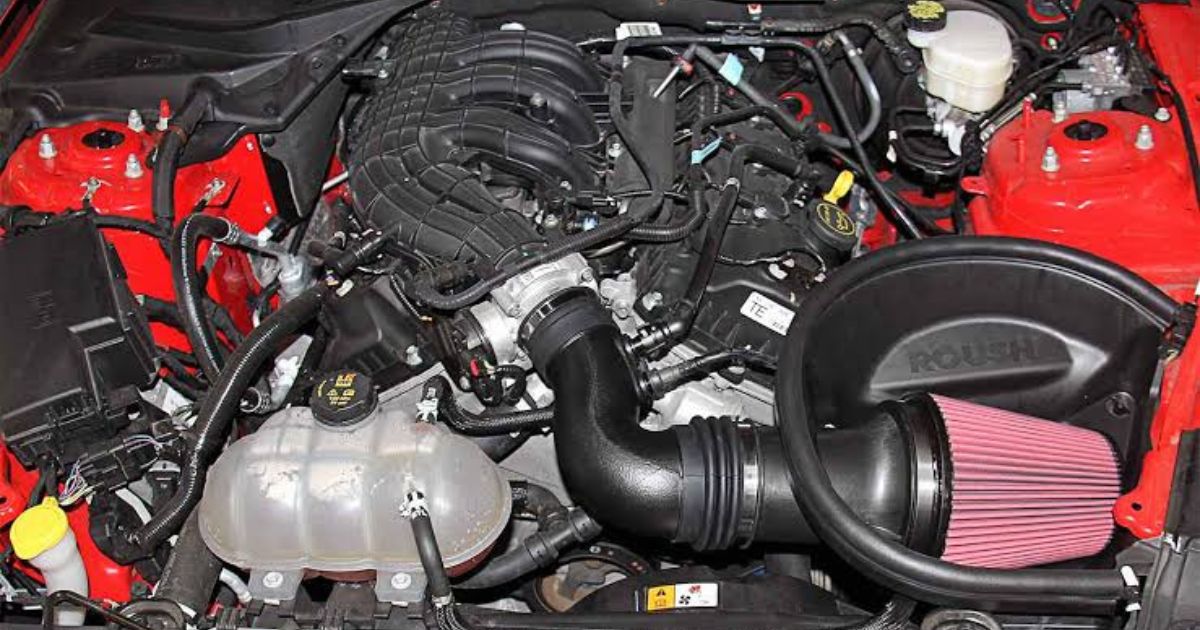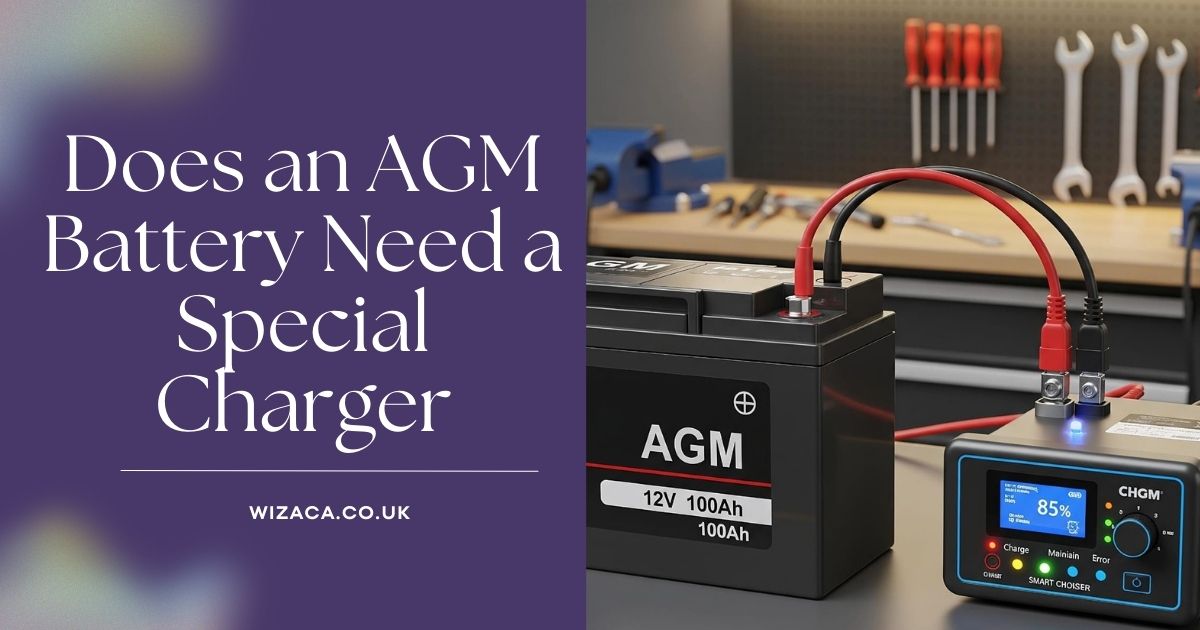Yes, a cold air intake can make a difference in your vehicle’s performance. Many car enthusiasts and drivers install cold air intake systems hoping to gain more horsepower, improve throttle response, and enhance engine sound. But how much of a difference does it really make? That depends on your vehicle, the intake design, and what you expect from it.
Let’s break down what a cold air intake does, the benefits it offers, and whether it’s worth installing on your car or truck.
What Is a Cold Air Intake?
A cold air intake is an aftermarket modification that replaces the vehicle’s stock air intake system. Its primary goal is to draw cooler, denser air from outside the engine bay into the engine’s combustion chamber. Cooler air contains more oxygen, which allows for better combustion and can potentially improve engine performance.
Cold air intakes typically feature:
- A larger diameter intake tube
- A high-flow air filter
- Relocation of the air filter outside the hot engine bay (usually closer to a fender or low in the front bumper)
How Does a Cold Air Intake Make a Difference?
1. Increases Horsepower
Cooler, denser air improves combustion efficiency. A cold air intake can give your vehicle a small boost in horsepower, typically between 5 to 15 additional horsepower depending on your engine and the intake system.
2. Improves Throttle Response
With less airflow restriction, the engine can breathe easier. This can lead to faster throttle response, meaning the engine reacts more quickly when you press the gas pedal.
3. Enhances Engine Sound
One noticeable difference is the sound. A cold air intake often makes the engine sound louder and deeper, especially when accelerating. Some drivers enjoy the aggressive tone, while others prefer a quieter ride.
4. Increases Fuel Efficiency (Sometimes)
In theory, improved airflow can lead to better fuel combustion and potentially better fuel economy. However, the difference is usually minimal. Driving style often changes after an intake install, with drivers accelerating harder to enjoy the new sound and throttle response, which can offset any fuel savings.
What Kind of Performance Gains Can You Expect?
The performance difference varies depending on:
- Your vehicle’s engine size and design
- The quality and type of cold air intake system
- Whether other modifications are present (exhaust, tune, etc.)
On a stock vehicle, a cold air intake can provide:
- 5-15 horsepower gain
- Slightly improved torque
- Better throttle feel
On modified vehicles with exhaust upgrades and tuning, a cold air intake can complement other upgrades for more noticeable performance improvements.
Pros of Installing a Cold Air Intake
1. Better Airflow
Cold air intakes are designed with larger tubing and smoother bends, reducing airflow restrictions compared to factory systems.
2. Cooler Air Means More Power
Colder air has higher oxygen density, which can help improve combustion and engine efficiency.
3. Reusability
Most cold air intake systems come with reusable air filters. These can be cleaned and reused instead of replacing them like standard paper filters.
4. Aesthetic Appeal
Cold air intakes often look better under the hood. Some have polished aluminum or carbon fiber designs that enhance the engine bay appearance.
Cons of Installing a Cold Air Intake
1. Minimal Gains on Some Vehicles
Some cars won’t see huge improvements, especially if the factory intake system is already efficient.
2. Risk of Water Ingestion
If the intake is positioned low on the vehicle, there’s a risk of hydro-lock if water gets into the intake. This can happen if you drive through deep water.
3. Possible Check Engine Light
Poorly designed or improperly installed cold air intakes can cause the check engine light to come on if the mass airflow sensor detects issues.
4. May Void Warranty
Some manufacturers may void parts of your vehicle’s warranty if aftermarket parts like a cold air intake are installed.
Does a Cold Air Intake Improve Fuel Economy?
The difference in fuel economy is usually small to none. While better airflow can improve engine efficiency, any gains are often offset by a heavier right foot—many drivers enjoy the improved throttle response and sound, which can lead to more aggressive driving and higher fuel consumption.
Do You Need a Tune After Installing a Cold Air Intake?
Most basic cold air intakes do not require an ECU tune. However:
- Some high-performance intakes designed for more airflow may benefit from a tune to optimize the air/fuel ratio.
- Pairing a cold air intake with an aftermarket exhaust system and a performance tune can maximize the benefits.
Who Should Install a Cold Air Intake?
A cold air intake is ideal if you:
- Want a modest horsepower increase
- Enjoy enhanced engine sound
- Are looking for a simple, bolt-on modification
- Don’t mind maintaining a reusable air filter
- Understand the potential risks and downsides
How Much Does a Cold Air Intake Cost?
Cold air intakes can range in price depending on the brand and material:
- Budget-friendly options: $150 – $300
- Premium systems (carbon fiber, brand-name kits): $400 – $600+ Installation can often be done at home with basic tools, but professional installation costs can range from $50 to $150 if needed.
Conclusion
A cold air intake can make a difference by improving horsepower, throttle response, and engine sound. However, the actual performance gains are often modest, especially on otherwise stock vehicles. For many drivers, the appeal lies in the added sound and appearance rather than major performance upgrades. If you’re looking for an affordable, easy-to-install modification that offers small but noticeable benefits, a cold air intake is worth considering.
FAQs
How Much Horsepower Does a Cold Air Intake Add?
Typically, 5-15 horsepower depending on the vehicle and intake system.
Does a Cold Air Intake Improve Acceleration?
Yes, it can improve throttle response, making acceleration feel more immediate.
Can a Cold Air Intake Damage My Engine?
Not if it’s installed correctly. However, low-mounted intakes can increase the risk of water ingestion, leading to engine damage.
Is a Cold Air Intake Worth It?
For drivers looking for better throttle response, sound, and minor horsepower gains, yes. But don’t expect massive performance improvements on a stock vehicle.
Do You Need to Tune After Installing a Cold Air Intake?
Most basic systems don’t require a tune, but high-performance setups may benefit from one for optimal performance.
Also Check:
• Does a Bug Deflector Really Work?
• Does A Catch Can Void Warranty?
• Does A Bad Catalytic Converter Affect Gas Mileage?










